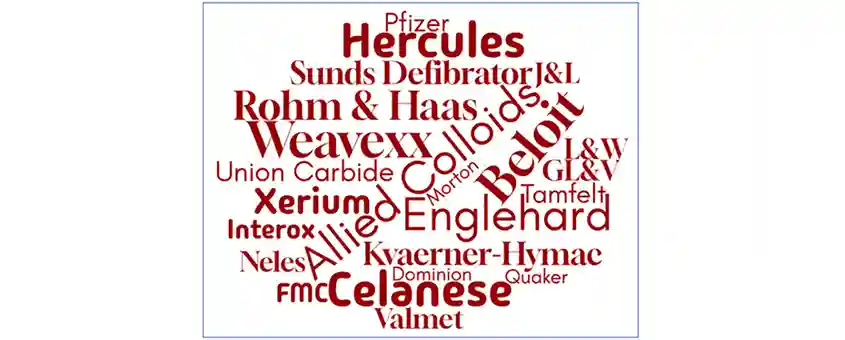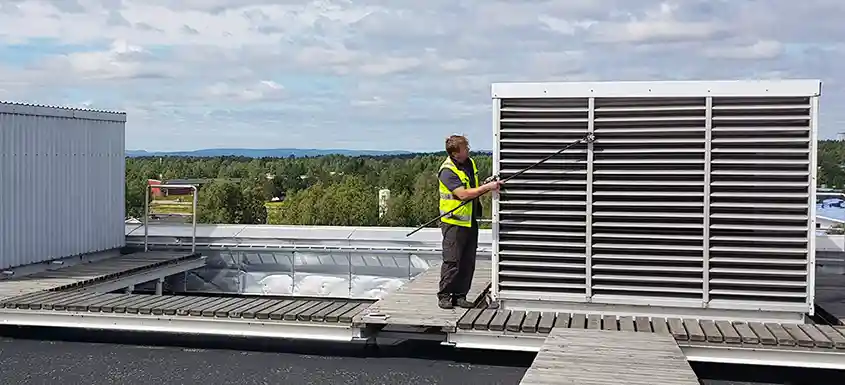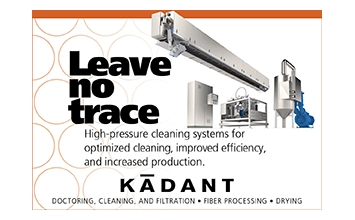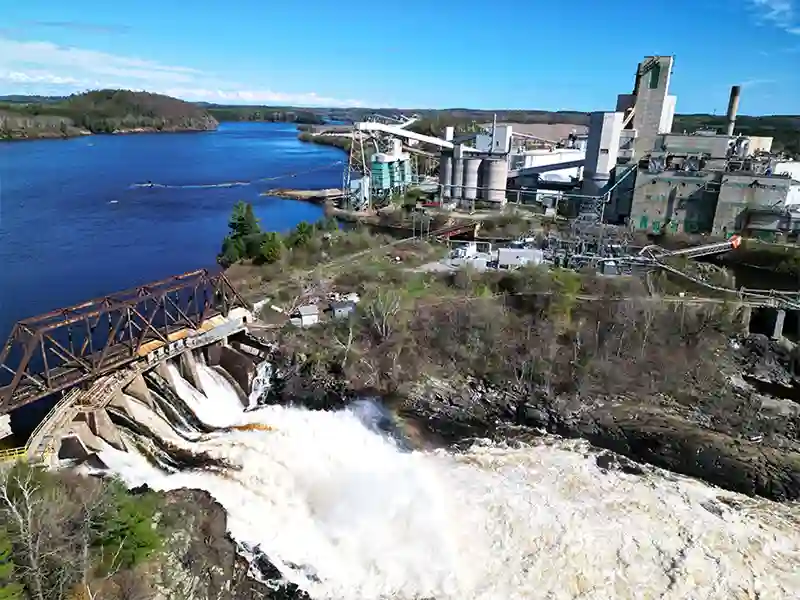Pulp & Paper Industry News and Insights
In The Spotlight
A landmark clean-energy project advances at the Kruger Kamloops Pulp Mill, where an Indigenous-led partnership plans to build one of British Columbia’s first industrial-scale green hydrogen plants.
Graphic Packaging Holding Company has announced new initiatives to streamline its internal services and production operations.
Kemijärvi Biorefinery Ltd has named Finnish executive Sampsa Lahtinen to its board of directors, effective January 1, 2026.
New headbox installation on the paper machine at Gruvön mill enhances strength, quality consistency, and sustainability for Billerud Flute®.
Suzano has introduced a comprehensive Nature Strategy that positions biodiversity conservation as a central pillar of its long-term business vision.
Feldmuehle has announced the end of paper production at its historic Uetersen mill, ..
TC Transcontinental has announced the sale of its entire packaging business to ProAmpac for approximately 2.1 billion Canadian dollars (CAD).
Graphic Packaging has appointed Robbert Rietbroek as its next CEO, effective January 2026.
Metsä Group has selected Kemi, in northern Finland, as the preferred site for its first commercial Kuura wood-based textile fibre mill.
Feature Articles
Top Stories
A landmark clean-energy project advances at the Kruger Kamloops Pulp Mill, where an Indigenous-led partnership plans to build one of British Columbia’s first industrial-scale green hydrogen plants.
Graphic Packaging Holding Company has announced new initiatives to streamline its internal services and production operations.
Suzano has introduced a comprehensive Nature Strategy that positions biodiversity conservation as a central pillar of its long-term business vision.
Feldmuehle has announced the end of paper production at its historic Uetersen mill, ..
TC Transcontinental has announced the sale of its entire packaging business to ProAmpac for approximately 2.1 billion Canadian dollars (CAD).
Metsä Group has selected Kemi, in northern Finland, as the preferred site for its first commercial Kuura wood-based textile fibre mill.
A previous blog post I wrote on closed Canadian pulp and paper mills proved to be so popular that I received feedback for months afterward.
FSC Canada Welcomes New Board Members and Thanks Outgoing Directors
FPAC Responds to the Prime Minister’s Announcement on Measures to Protect and Strengthen Canada’s Forest Sector
FPAC Sees Biomass Investment Tax Credits and Regulatory Efficiency Commitments as Key to Improving Competitiveness for the Long-Term
Canada’s Forest Sector Seeks Clear Signals in Budget 2025 to Set Stage for Recovery and Growth
Recycling takeaway coffee cups has long been a challenge. Most are made from paperboard lined with a thin layer of plastic or polyethylene to resist liquids, ...
New headbox installation on the paper machine at Gruvön mill enhances strength, quality consistency, and sustainability for Billerud Flute®.
Frontline Innovation Drives Major Gains at Georgia-Pacific
A well-maintained machine hall is critical for ensuring optimal paper production.
In a recent publication, Lake Utopia Paper announced that it has achieved a major safety milestone: one full year without a recordable injury.
AFT has received an order from Asia-Pacific for a comprehensive stock preparation system rebuild, ...
CMPC is rapidly reshaping its business model to position itself as a global supplier of sustainable fiber-based packaging.
Kemijärvi Biorefinery Ltd has named Finnish executive Sampsa Lahtinen to its board of directors, effective January 1, 2026.
Mathys AG is redefining packaging for surgical implants with a recyclable paperboard solution ...
Lignin, long treated as a residue in kraft pulping, is emerging as a strategic feedstock for low-carbon fuels.
Toscotec is set to showcase sustainable tissue solutions at Paperex 2025, the internationally renowned series of exhibitions and ...































































